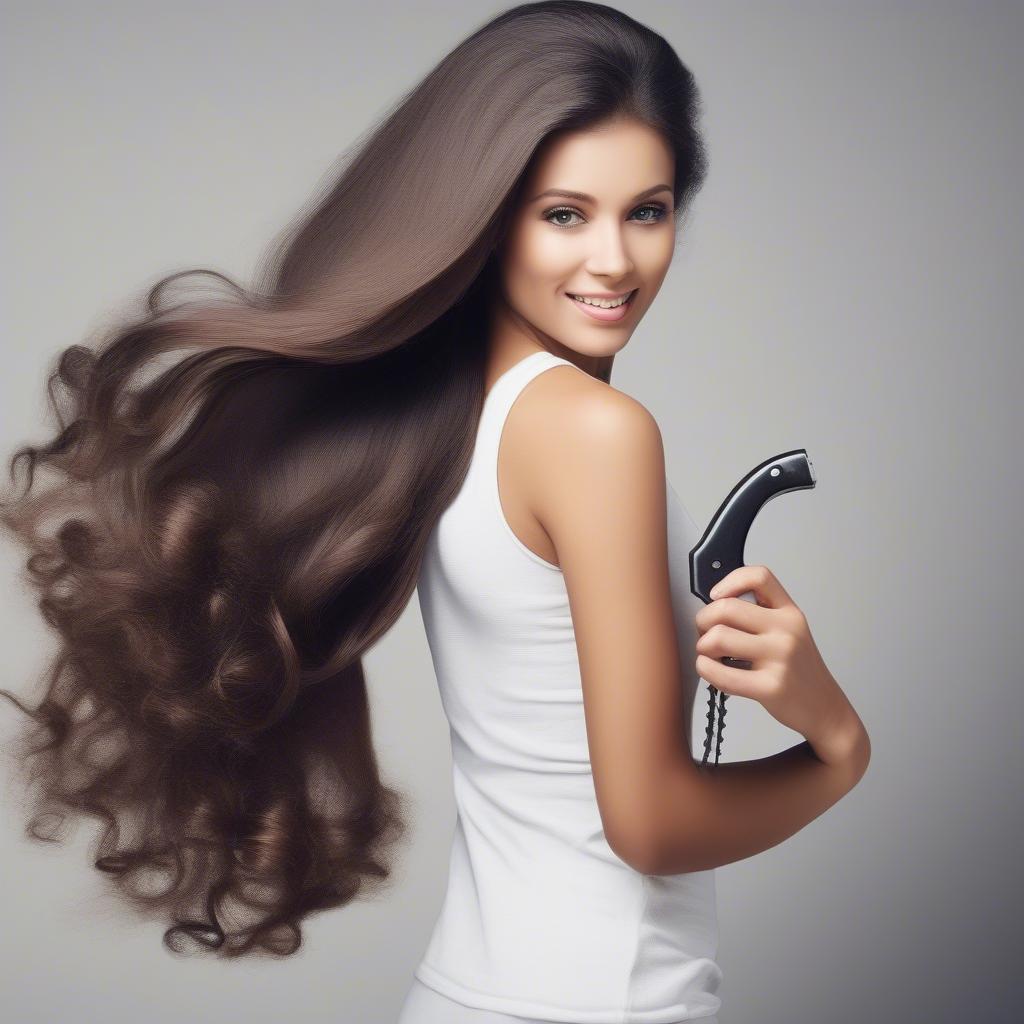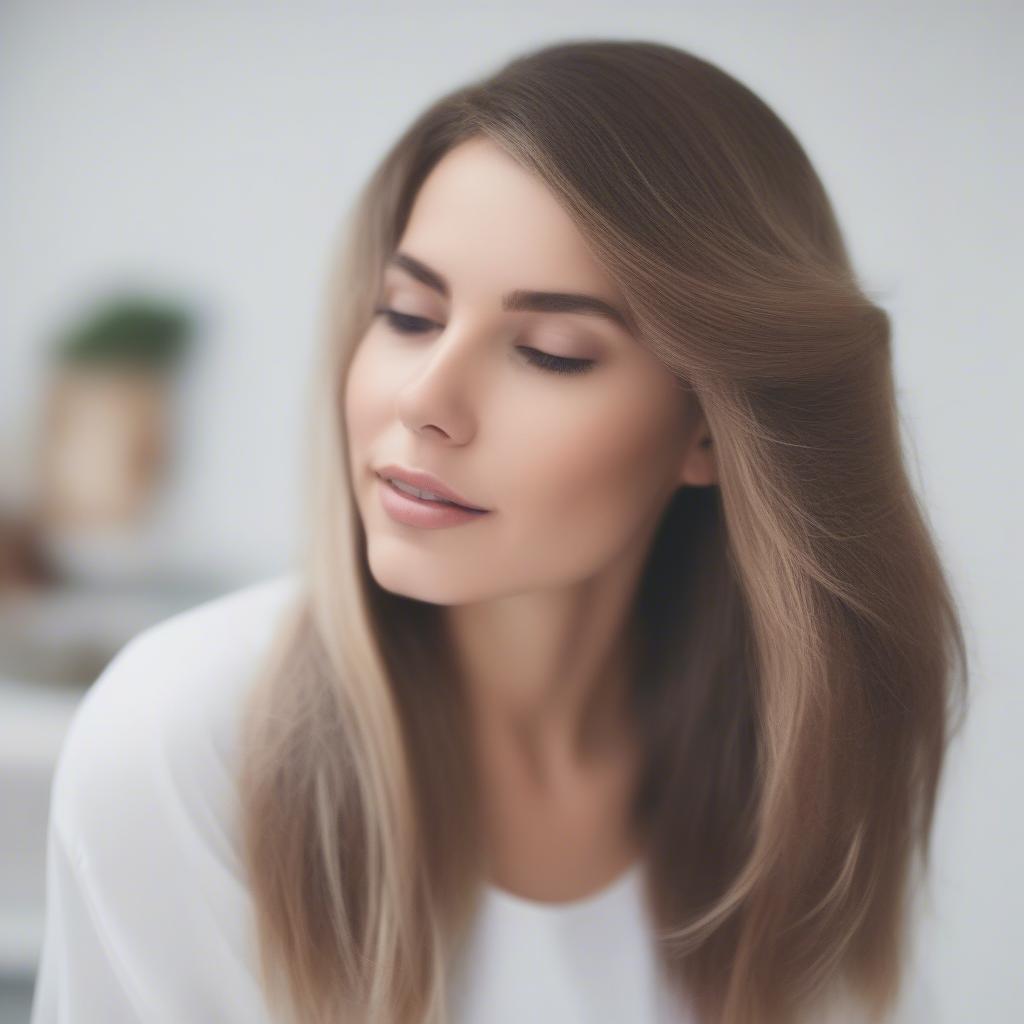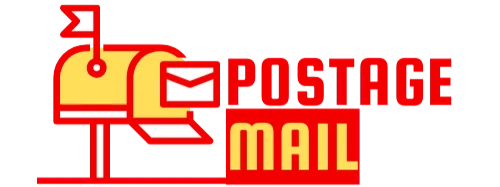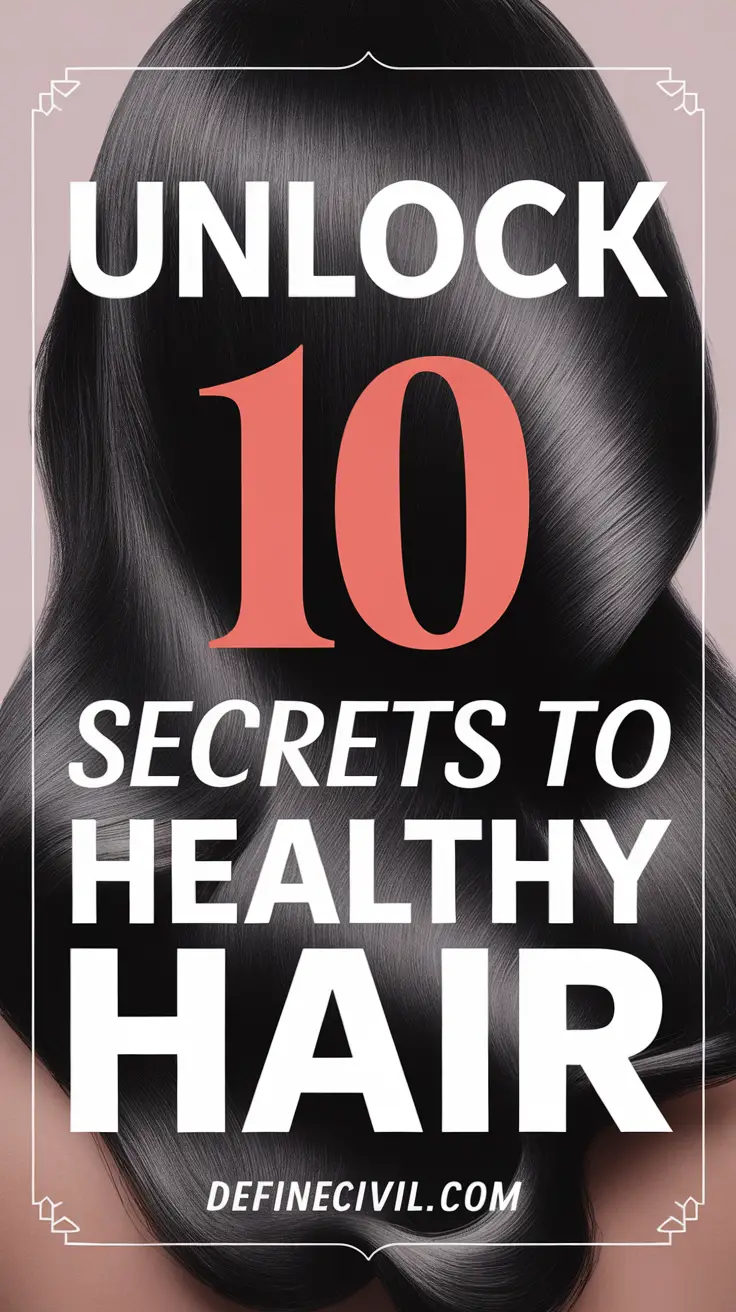
13 Tips for Getting and Keeping Healthy Hair
Healthy, supple, shiny hair – whether short and spiky, framing your face, or Rapunzel-length locks – is the goal for everyone, every day. But healthy hair doesn’t happen by magic. Here are 13 tips for getting – and keeping – healthy hair, even if your hair is damaged at the start.
Tip 1: Don’t Over-Shampoo
Shampooing your hair removes dirt and oils, but over-shampooing can strip natural oils from your hair and scalp. Plus, shampoo that isn’t rinsed out fully can build up on your hair, leaving it looking dull and lifeless. Washing your hair a few times per week can help maintain oil balance for most hair types. Use Batiste Dry Shampoos between washes to absorb excess oils and refresh your hair.
Tip 2: Use Conditioner Correctly
Conditioner is best applied to the middle and ends of your hair, then worked backward toward your scalp. Your hair needs the hydration further from the scalp, but your scalp can get dry, too. Pay extra attention to hydrating your scalp if it’s itchy or you notice flakes. And make sure you choose the right conditioner for your hair type: thick curls need a different kind of hydrating than straight or thin hair.
Tip 3: Use Hair Masks
Hair masks are deep moisturizing treatments that penetrate the hair shaft to hydrate and strengthen from within. To help keep your hair supple, shiny, and strong, make a hair mask part of your healthy hair care routine at least weekly. To learn more about hair masks and how Batiste Leave-In Overnight Hair Mask is different, check out our guide.
Tip 4: Be Gentle with Heat
Try to reduce how often you get a blow out or use a hot iron on your hair and apply a moisturizing protectant before using heat. It’s fun to change up your hair color and style, and once you start bleaching, dying or processing, you have to maintain the look. Let your hair rest between processing treatments and give it extra love to allow it to rehydrate and recuperate after you’ve given it a chemical workout. Is your bleached hair damaged and in need of some love? Treat it to a hair mask to repair and strengthen.
Tip 5: Protect Your Hair from the Sun
When indulging in some fun in the sun, help keep hair healthier by applying conditioner or a leave-in mask before swimming in any type of water (but especially chlorinated pools). If you’re a regular swimmer, wear a swim cap when you can to minimize your hair’s exposure to chlorine, and it’s always a good idea to wear a hat when out in the sun to help protect your hair and skin.
Tip 6: Brush Before You Wash
Brush or finger comb your hair to remove tangles before you wash it. Taking the few moments to detangle before jumping in the shower after a workout or in the morning will save you time and help prevent breakage.
Tip 7: Avoid Brushing Wet Hair
When your hair is wet, it becomes more vulnerable to breakage. If you want to prevent flyaways, split ends and damage, avoid brushing wet hair. The best time to brush your hair is when it is almost or completely dry. This may vary by hair texture, as those with curly hair can potentially create more damage with dry brushing.
Tip 8: Use a Wide Tooth Comb
If you really can’t resist brushing your hair when wet, use a wide tooth comb instead of a hairbrush. Tooth combs can be more gentle to the scalp and hair follicles, if you comb slowly.
Tip 9: Blot, Don’t Rub
Wrap the towel around your head or long strands and blot to absorb water. Rubbing your hair with a towel introduces tangles and creates breakage.
Tip 10: Moisturize Your Scalp
Your scalp can get quite dry, especially if the air is dry, you over-shampoo, or it’s exposed to the sun. Wear hats and scalp sunscreen when going out in the sun, run a humidifier in your home if your indoor air is dry, shampoo less often and use a moisturizing shampoo. Use a deep scalp treatment as needed to hydrate your scalp if it’s gotten dry and flaky.
Tip 11: Use a Silk Pillowcase
Pull long hair back into a loose braid or put hair up into a sleep cap. Also try changing out your cotton or microfiber pillowcase for a silk or silk-alternative one. The smoother fabric can help prevent or reduce tangling while you sleep.
Tip 12: Get Regular Trims
Trim your hair every 3 to 7 weeks if it’s short or bobbed, every 8-12 weeks for textured curly hair, and at least every 12 weeks for long hair to remove damaged or split ends and keep the shape of your hair style. Regular trims are a must for keeping your hair healthy, no matter your hair type.
Tip 13: Eat a Healthy Diet
Eat a diet rich in protein, essential fatty acids, and B-vitamins to help give your body the nutrients it needs to produce keratin, the structural protein in your hair and nails. Drink plenty of water to help keep skin and hair hydrated as well.
Additional Tips for Healthy Hair
* Use a leave-in conditioner or hair serum to add extra moisture and shine to your hair.
* Avoid using harsh chemicals or dyes on your hair.
* Use a hair mask once or twice a week to deep condition and nourish your hair.
* Get regular massages to increase blood flow to the scalp and promote healthy hair growth.
* Avoid tying your hair too tight, as this can cause hair loss and breakage.
* Use a wide-tooth comb or a detangling brush to gently comb out tangles and knots.
Benefits of Healthy Hair
* Healthy hair is shiny and vibrant, adding to your overall appearance and confidence.
* Healthy hair is strong and less prone to breakage, allowing you to style it with ease.
* Healthy hair is soft and manageable, making it easier to care for and maintain.
* Healthy hair is less prone to frizz and flyaways, keeping your style looking great all day.
* Healthy hair is a sign of overall health and wellness, reflecting a balanced diet and lifestyle.
Conclusion
Healthy hair takes work and dedication, but with these 13 tips and additional advice, you can achieve the healthy, supple, shiny locks you desire. By following these tips and using the right products, you can keep your hair healthy, strong, and looking great. And while you can’t get healthy hair by magic, Batiste hair care products are magical when they absorb oils, restore moisture, or add shine in seconds. How often should I wash my hair?
How often should I wash my hair?
Washing your hair a few times per week can help maintain oil balance for most hair types.
Which parts of the hair should I apply conditioner to?
Conditioner should be applied to the middle and ends of your hair, then worked backward toward your scalp.
How frequently should I use hair masks?
To help keep your hair supple, shiny, and strong, make a hair mask part of your healthy hair care routine at least weekly.
How can I protect my hair from heat damage?
Reduce heat use and apply a moisturizing protectant before using heat. Allow hair to rest and hydrate between treatments.
What should I do to protect my hair from the sun?
Apply conditioner or a leave-in mask before swimming, wear a swim cap, and use hats when out in the sun.
Why is it important to brush before washing?
Brushing or finger combing helps remove tangles and prevents breakage before washing.
Is it okay to brush wet hair?
Avoid brushing wet hair as it can lead to breakage. Brush when hair is almost or completely dry.
What type of comb should I use on wet hair?
If needed, use a wide tooth comb to prevent damage more gently.
How should I dry my hair after washing?
Blot your hair with a towel to absorb water rather than rubbing to avoid tangles and breakage.
How can I moisturize my scalp?
Use a moisturizing shampoo, apply a deep scalp treatment when needed, and wear hats and scalp sunscreen in the sun.
Why should I consider using a silk pillowcase?
A silk pillowcase can help prevent or reduce tangles while you sleep.
How often should I trim my hair?
Trim every 3 to 7 weeks for short hair, every 8-12 weeks for textured curly hair, and at least every 12 weeks for long hair.
What changes in diet should I consider for healthy hair?
Eat a diet rich in protein, essential fatty acids, and B-vitamins, and drink plenty of water.
What are some additional tips for healthy hair?
Use leave-in conditioners or hair serums, avoid harsh chemicals and dyes, use hair masks, get regular massages, avoid tight hairstyles, and use a wide-tooth comb.
What are the benefits of having healthy hair?
Healthy hair is shiny, strong, soft, manageable, and less prone to frizz and flyaways, reflecting overall health and wellness.

